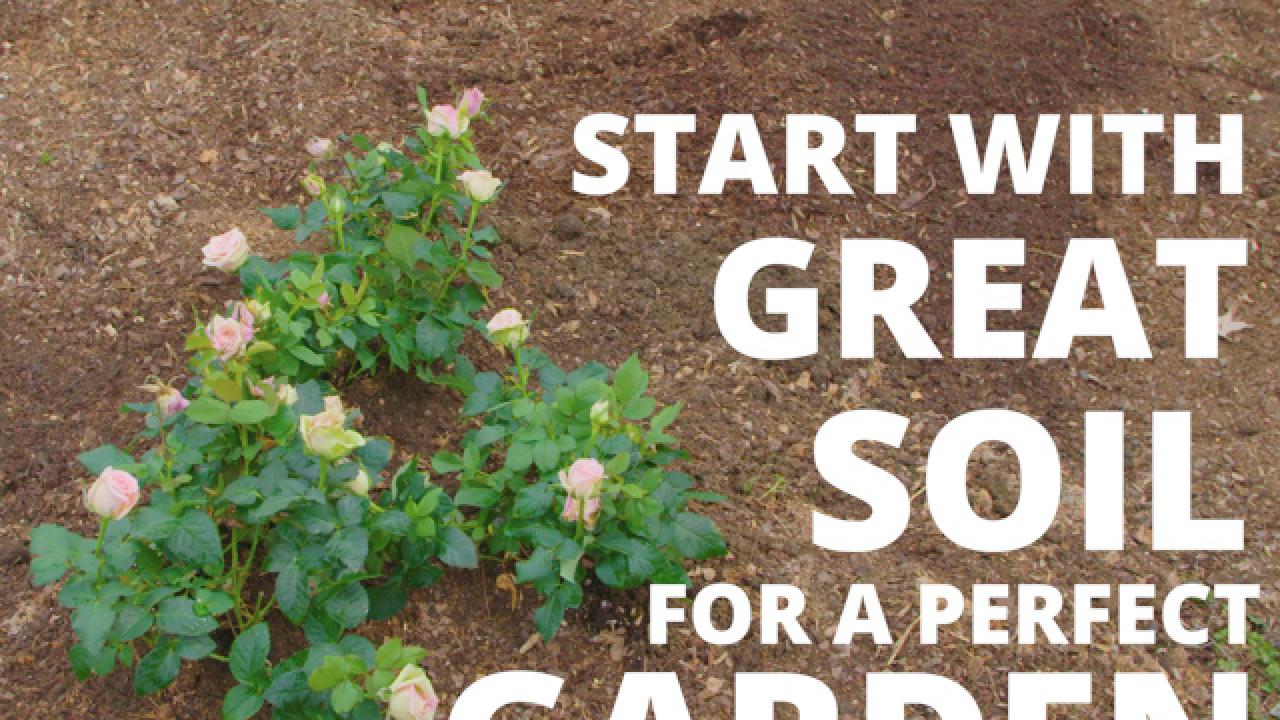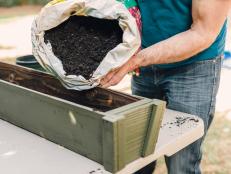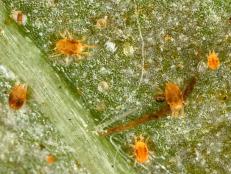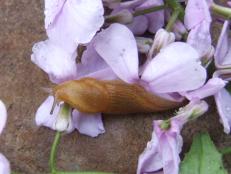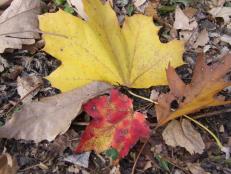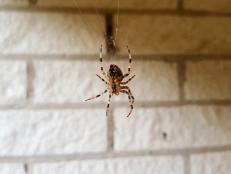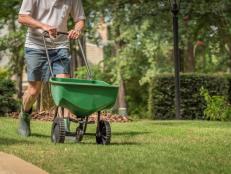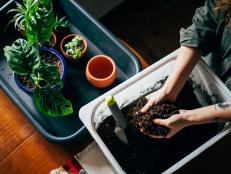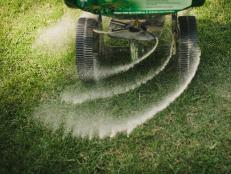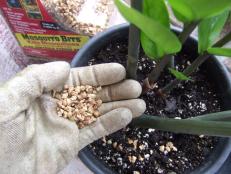How to Get Rid of Fungus in Garden Soil
Of all the problems that plague a garden, soil-borne pathogens are the worst. Here’s what to do when a fungus wrecks your plants.

Julie Martens Forney
Leaf spots originate with bacteria or fungus, both of which reside in soil or on nearby plants. Read on to find out what to do when a fungus takes over your garden.

Gah! Your garden has a fungus. Some microscopic, plant-killing pathogen has infected the soil, and now your tomatoes are stunted and yellowing, your onions are rotting at the ground and your pepper plants are laying on the ground with black spots on their dying leaves. So much for that garden-fresh salsa.
Soil-borne diseases like fungus are one of the most frustrating things a gardener can deal with because you don’t know it’s there until it makes your plant sick. And once you realize there’s fungus in your soil, it’s not easy to get rid of it. Soil-born diseases can live in your soil for a long time, waiting for you to put a plant in the ground. Once you do, the pathogen hops aboard that hapless host plant and spreads through your garden like wildfire.
What Is Fungus in Garden Soil?
Fungus exists naturally in soil, and most of it’s beneficial for your plants. But there are 8,000 varieties that have no purpose other than messing up your garden plants. They spread sickness like root rot that infects plant roots and keeps them from drawing water and nutrients into the plant. Stem, collar and crown rots hit the plant at ground level, where it touches the soil. Then there’s good old wilt disease that, no matter how much water you give your plants, leaves them as droopy as one of those melted clocks in a Dali painting. Damping off disease slays seedlings, causing them to die suddenly just after they germinate.
If you’re not sure what sort of fungus is messing with your garden soil, take a sample into your local Extension office for a free soil test. The local office is part of the Cooperative Extension System, a nationwide network of universities and federal, state and local governments that collaborate to teach you to be a better gardener, among other things.
10 Ways to Keep Your Garden Looking Neat + Tidy
See All PhotosUse these quick tips to keep your garden looking polished.
How Do I Get Rid of Fungus in Garden Soil?
Getting rid of bad fungus permanently is just about impossible. Some types of fungi survive in soil for years, even when there are no crops for them to feed on. But you can lower the chance of a repeat appearance of garden-wrecking fungia couple of ways.
- Get rid of the sick plants. Once your garden is infected, you can’t save the plants. Dig up the sick ones and throw them in a trash can, not a compost pile, so the fungal disease won’t spread.
- Clean up all garden debris at the end of the season. Cut down the perennials, pull up the annuals, rake up leaves and haul it all out, because fungus can feed on dead plants over the winter.
- Rotate your crops. Plant crops in different places in your garden then you did last year. Move the tomatoes to the spot where you had marigolds or the herbs to the spot where you had potatoes. If your garden isn’t big enough for this, don’t plant anything in the garden for a year or two so soil fungus has no host plants to feed on. You can plant in containers for a year so you don’t go without fresh veggies, then switch back to the ground garden next year.
- Plant disease-resistant varieties. Look for veggie and herb varieties that have been bred to resist common soil-borne diseases.
- Use a fungicide. Apply a fungicide early and often to your garden plants, before they get sick. Because the best defense is a good offense.
How Do I Get Rid of Soil-Borne Fungus in Containers?
This is totally more trouble than it’s worth. If your flower pots, containers or raised beds have a soil-borne pathogen problem, throw out the plant and the soil and get more.
